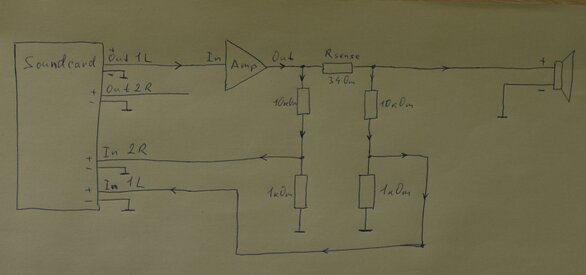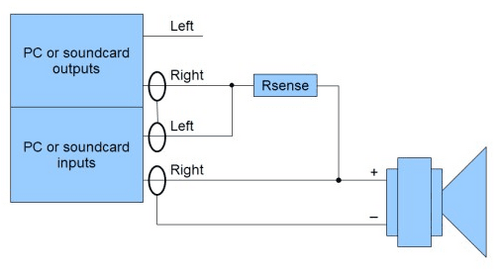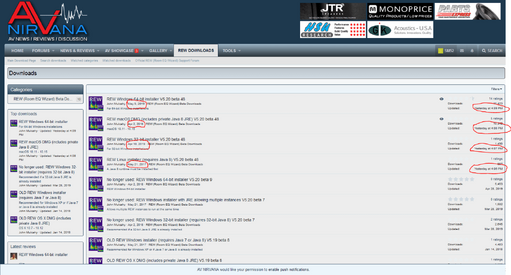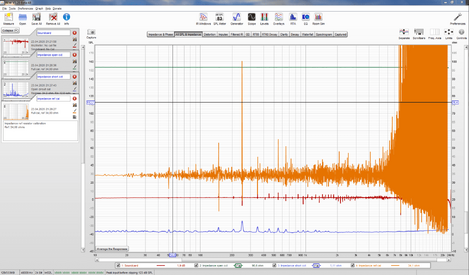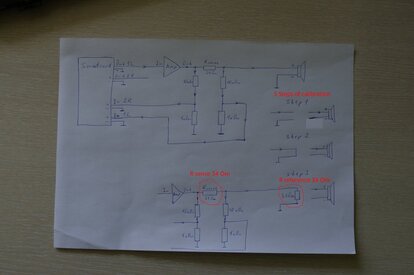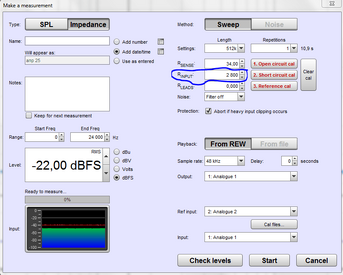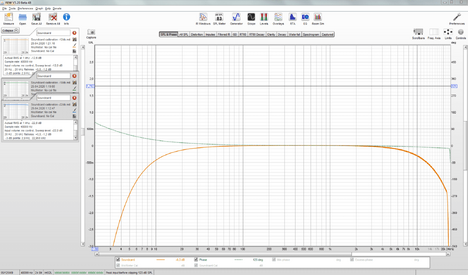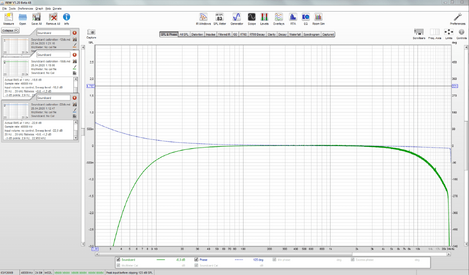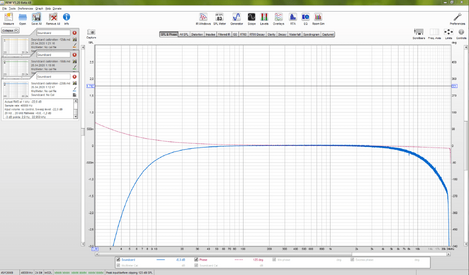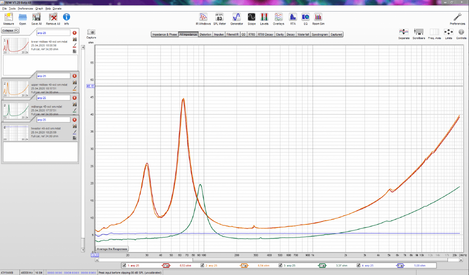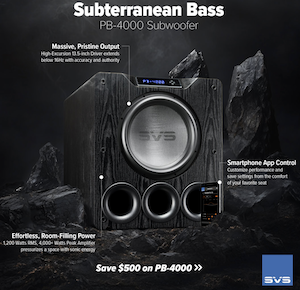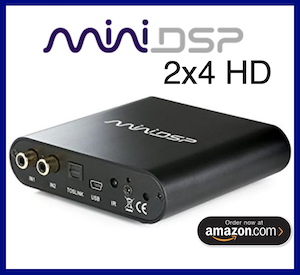On the old version of REW, I was able to calibrate the sound card and measure the impedance of the speakers. On the latest version, I can’t calibrate. I use an amplifier and a voltage divider to protect the sound card inputs. Questions.
1. If an amplifier and voltage divider are used, is it necessary to calibrate the sound card separately? It always works with an amplifier. Maybe you need to calibrate the sound card with the amplifier. How?
At the 2nd calibration step
2. If use only a sound card for calibration, it's need to short-circuit the + and - inputs of the sound card. It is safe?
3. If use a sound card with an amplifier for calibration, it is necessary to short circuit the + and - outputs of the amplifier. Because the Rsense resistor in the 1st and 2nd step must be shorted. It is safe?
1. If an amplifier and voltage divider are used, is it necessary to calibrate the sound card separately? It always works with an amplifier. Maybe you need to calibrate the sound card with the amplifier. How?
At the 2nd calibration step
2. If use only a sound card for calibration, it's need to short-circuit the + and - inputs of the sound card. It is safe?
3. If use a sound card with an amplifier for calibration, it is necessary to short circuit the + and - outputs of the amplifier. Because the Rsense resistor in the 1st and 2nd step must be shorted. It is safe?
Attachments
Last edited:








